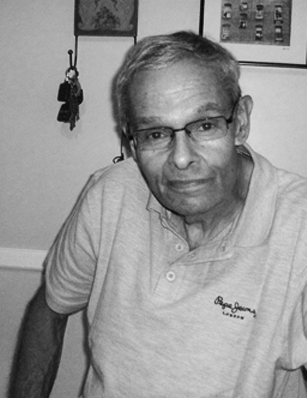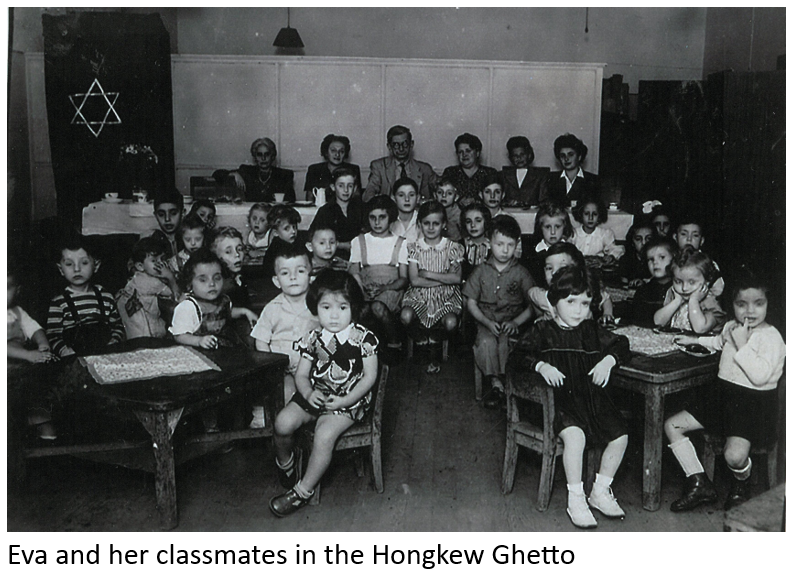Experience: Shanghai Ghetto (Hongkew)

|
|
|
|

|
|
|
|

|

|
|
|
|
“A port city in China occupied by Japan from 1937. Shanghai was a haven for Jewish refugees from Germany, Austria, and Poland during World War II, as it was the only place in the world where one could enter without a visa. By 1941, 17,000 Jews had moved to East Asia.
“After the Kristallnacht pogrom of November 9--10, 1938, many refugees began to arrive in Shanghai. They were aided by the small, wealthy community of 400--500 Iraqi Jews that had been living in Shanghai since the mid-nineteenth century, and by the American Jewish Joint Distribution Committee. These groups set up five large refugee camps for more than 3,000 people.
“Despite their economic constraints, the refugees were able to create an active social, religious, and cultural existence with religious services, schools, cultural productions, and three German-language newspapers. The refugee community included Polish intellectuals, Zionist leaders, rabbis, and students of the Mir Yeshiva.
“In February 1943 the Germans forced the Japanese to establish a Jewish ghetto. The conditions there were miserable, but not nearly as bad as those of the European ghettos. At the end of the war, most of the refugees left Shanghai for Palestine and other Western countries. (see also Rescue of Polish Jews via East Asia.)”
Yad Vashem
Accessed on July 22, 2011
“By September 1939, approximately 282,000 Jews had left Germany and 117,000 from annexed Austria. Of these, some 95,000 emigrated to the United States, 60,000 to Palestine, 40,000 to Great Britain, and about 75,000 to Central and South America, with the largest numbers entering Argentina, Brazil, Chile, and Bolivia. More than 18,000 Jews from the German Reich were also able to find refuge in Shanghai, in Japanese-occupied China.
“At the end of 1939, about 202,000 Jews remained in Germany and 57,000 in annexed Austria, many of them elderly. By October 1941, when Jewish emigration was officially forbidden, the number of Jews in Germany had declined to 163,000. The vast majority of those Jews still in Germany were murdered in Nazi camps and ghettos during the Holocaust.”
United States Holocaust Memorial Museum
http://www.ushmm.org/wlc/en/article.php?ModuleId=10005468
Accessed on July 22, 2011
United States Holocaust Memorial Museum
http://www.ushmm.org/wlc/en/article.php?ModuleId=10005468
Accessed on July 22, 2011
— United States Holocaust Memorial Museum
http://www.ushmm.org/wlc/en/media_ph.php?ModuleId=10005589&MediaId=836
Accessed on July 22, 2011
Contact us
thank you!
Your application is successfuly submited. We will contact you as soon as possible
thank you!
Your application is successfuly submited. Check your inbox for future updates.